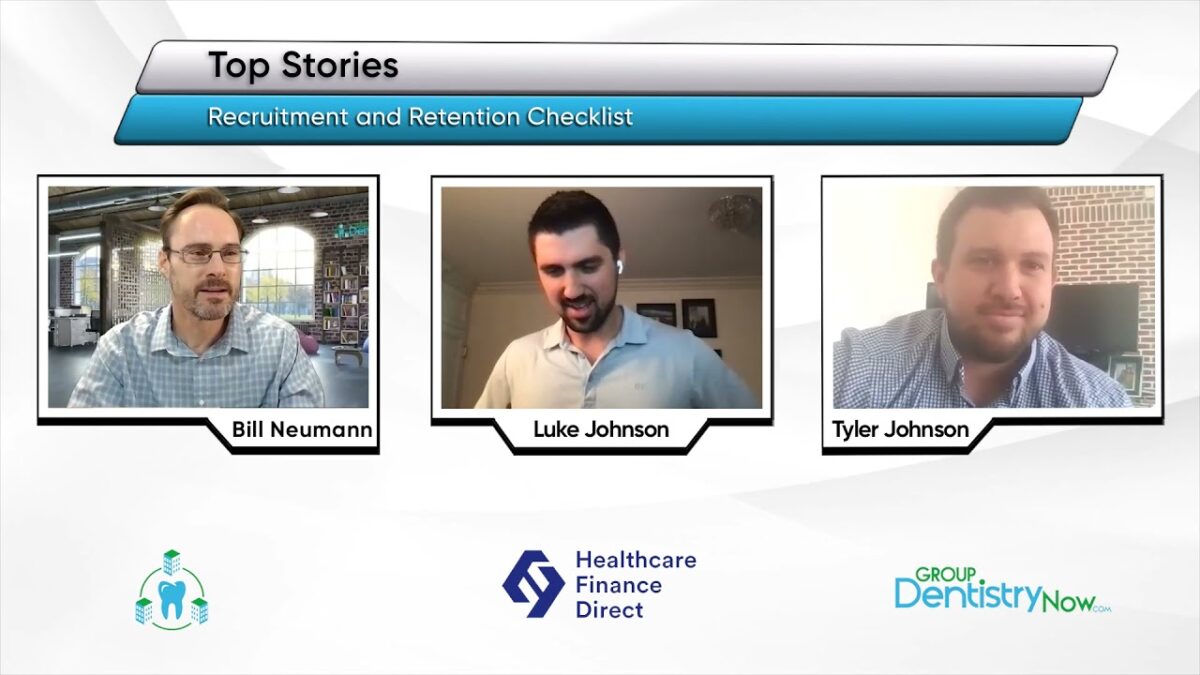In today’s ever-evolving healthcare landscape, the efficient management of finances is crucial for providers and patients. Rising medical costs, complex billing systems, and the increasing need for immediate access to healthcare services make it essential for healthcare institutions to adopt streamlined financial solutions. One such solution that is gaining traction in the industry is direct healthcare finance. This innovative model allows patients and healthcare providers to access quick, efficient, and flexible financing options for medical expenses. In this article, we will explore what healthcare finance direct is, how it works, its benefits, and its impact on the healthcare industry.
What is Healthcare Finance Direct?
Healthcare finance refers to a system or platform that allows patients to directly finance their medical treatments and services without relying on third-party intermediaries like insurance companies or banks. This model typically involves direct loans, payment plans, or financing programs provided by the healthcare provider, making it easier for patients to manage their medical bills. Healthcare Finance Direct aims to offer fast, accessible, and transparent financial options for individuals who might struggle with high out-of-pocket costs or lack comprehensive health insurance coverage.
These financing solutions are designed to be flexible, allowing patients to pay for services over time rather than in a lump sum. Healthcare providers, on the other hand, benefit by improving their revenue cycle management and reducing the number of unpaid bills. This creates a win-win scenario for both patients and healthcare institutions.
How Healthcare Finance Direct Works
The process of healthcare finance typically involves the following steps:
1. Application Process
Patients interested in financing their medical expenses apply directly through the healthcare provider’s platform or website. The application is often simple and involves providing personal information, including financial details, medical history, and the expected cost of treatment.
2. Approval
Once the application is submitted, the healthcare provider or financing partner evaluates the patient’s creditworthiness, income, and other financial factors. This step helps determine the financing terms, such as the loan amount, repayment schedule, and interest rates. Many programs offer flexible approval criteria, making it accessible even to those with less-than-perfect credit.
3. Agreement
If approved, the patient receives an agreement outlining the terms and conditions of the financing, including repayment schedules, interest rates (if any), and any other fees. The patient can review and sign the agreement electronically or in person.
4. Treatment
After securing the financing, the patient proceeds with their medical treatment or service. The healthcare provider receives the full payment upfront, while the patient repays the funding over the agreed-upon period. This ensures that the patient is not burdened with a large bill at once, and the provider can continue offering services without financial disruptions.
5. Repayment
The patient begins repaying the loan in installments according to the agreed schedule. Many financing platforms offer automatic payment options, making it easier for patients to manage their monthly payments.
Benefits of Healthcare Finance Direct
1. Improved Patient Access to Healthcare
One of the most significant advantages of Healthcare Finance Direct is the increased accessibility it offers to patients. By providing flexible financing options, patients who may not have the immediate funds to cover medical expenses can still receive essential treatment. This helps reduce the barriers to care, particularly for elective or high-cost procedures that traditional insurance plans may not cover.
2. Cost Transparency
Healthcare finance direct often comes with transparent terms and fees. Patients know exactly what they agree to, including any interest rates, fees, or penalties for late payments. This level of transparency helps patients avoid unpleasant surprises and makes it easier to budget for their healthcare expenses.
3. No Third-Party Involvement
Unlike traditional financing methods, which often involve banks, credit cards, or insurance companies, healthcare finance directly removes the middleman. This simplifies the payment process and reduces the administrative burden on the patient and the healthcare provider. With fewer intermediaries, the transaction is faster, and the overall process is more efficient.
4. Lower Financial Stress for Patients
For many people, unexpected medical expenses can be a significant source of stress. Healthcare Finance Direct helps alleviate some of that stress by offering manageable payment plans. Patients no longer need to choose between essential medical care and financial stability. They can receive the treatment they need while paying over time, making it easier to balance their finances.
5. Better Revenue Cycle Management for Healthcare Providers
Healthcare providers also benefit from healthcare finance direct systems. They can improve their revenue cycle management by offering in-house financing options and reducing the likelihood of unpaid bills. Providers receive full payment upfront, which reduces the risk of delayed or missed payments, improving their cash flow and overall financial health.
6. Flexibility in Payment Plans
Healthcare finance direct programs often offer customized payment plans to suit individual financial situations. Whether a patient needs a short-term loan or a longer repayment schedule, these plans can be tailored to ensure they can manage their payments comfortably. Additionally, some providers offer 0% interest financing for a specific period, further enhancing affordability.
Types of Healthcare Finance Direct Options
Healthcare finance directly encompasses a variety of financial products and services. Some of the most common options include:
1. Personal Loans for Healthcare
Many healthcare finance direct platforms offer personal loans that can be used for medical expenses. These loans can be secured or unsecured and typically offer fixed or variable interest rates. Patients can use these loans to pay for various medical treatments, including surgeries, dental work, and prescription medications.
2. In-House Financing Plans
Some healthcare providers offer in-house financing directly to patients. These plans allow patients to pay for their services over time, often with flexible terms, low interest rates, or even interest-free periods. In-house financing can be ideal for patients who may not qualify for traditional loans but still need access to care.
3. Medical Credit Cards
Medical credit cards are another form of healthcare finance. These specialized credit cards are designed specifically for medical expenses and often come with introductory 0% interest rates for a set period. The interest rate may increase after the introductory period ends, so imakingpayments within the promotional period is essential o avoid high-interest charges.
4. Buy Now, Pay Later (BNPL) Options
Some healthcare providers offer Buy Now, Pay Later (BNPL) services, which allow patients to receive treatment and pay in installments. This option is becoming increasingly popular in the healthcare industry, especially for elective procedures like cosmetic surgery, orthodontics, and fertility treatments.
The Future of Healthcare Finance Direct
As the healthcare industry evolves, the demand for more accessible and flexible financial solutions will only increase. The growth of healthcare finance direct is expected to play a significant role in shaping the future of medical payments. With rising healthcare costs, insurance complexities, and a growing focus on patient-centered care, healthcare finance direct solutions will become essential for ensuring that patients can access the care they need without overwhelming financial stress.
Providers that adopt these systems will likely experience greater patient satisfaction, improved financial stability, and streamlined administrative processes. Furthermore, as technology advances, we can expect even more innovative financing solutions to emerge, further simplifying managing healthcare costs.
Conclusion
In conclusion, Healthcare Finance Direct is revolutionizing the way hows and healthcare providers handle medical expenses. By offering flexible, transparent, and direct financial solutions, this model helps reduce financial barriers to care, improves revenue cycle management, and provides peace of mind to patients. As the healthcare landscape continues to change, the adoption of healthcare finance direct is likely to grow, making it an essential tool for patients and healthcare providers. Healthcare finance directly provides a viable, efficient, and effective solution for anyone looking to navigate the complex world of healthcare payments.



